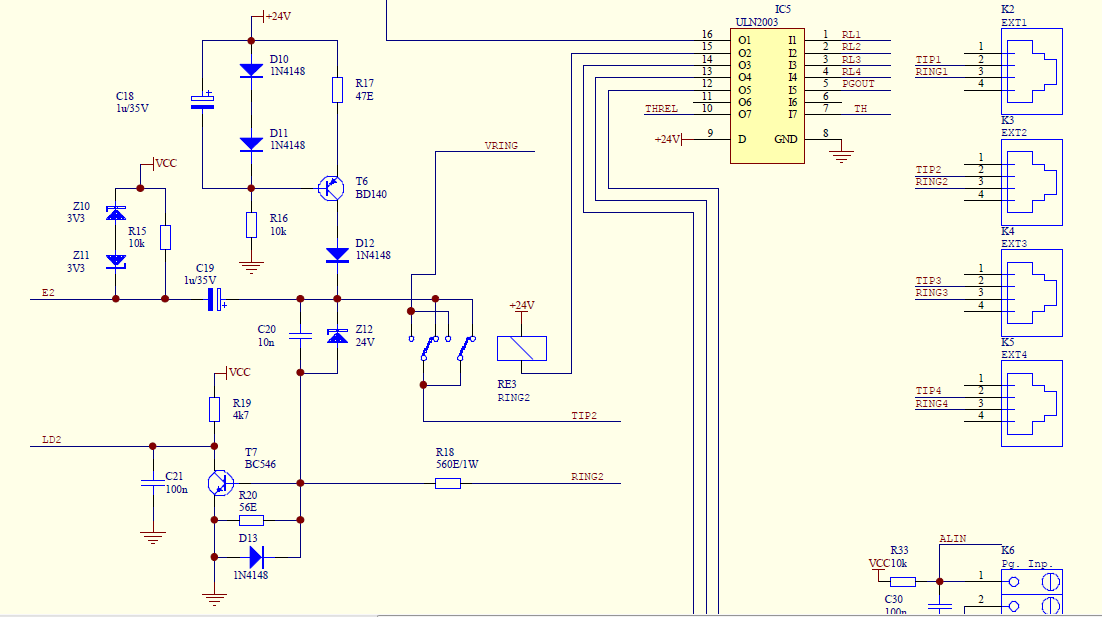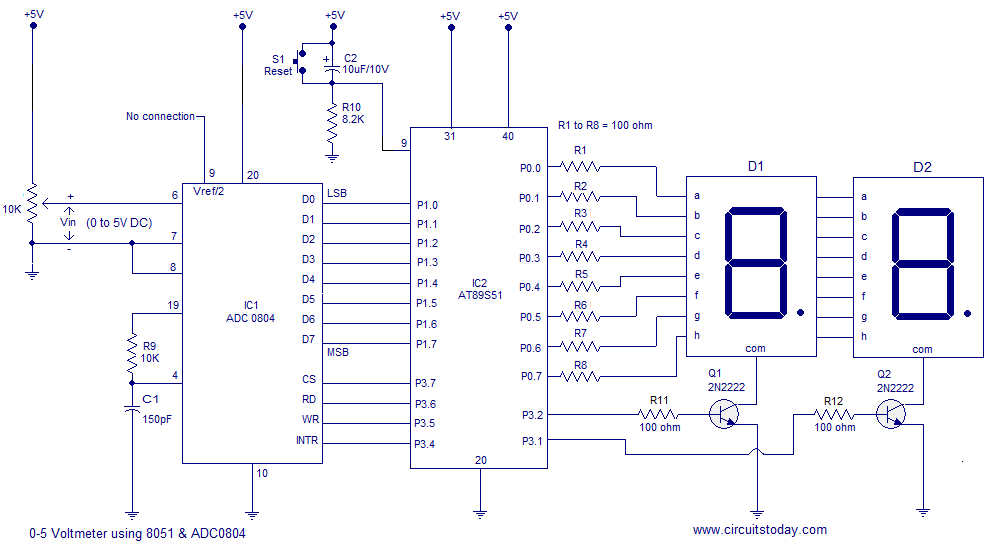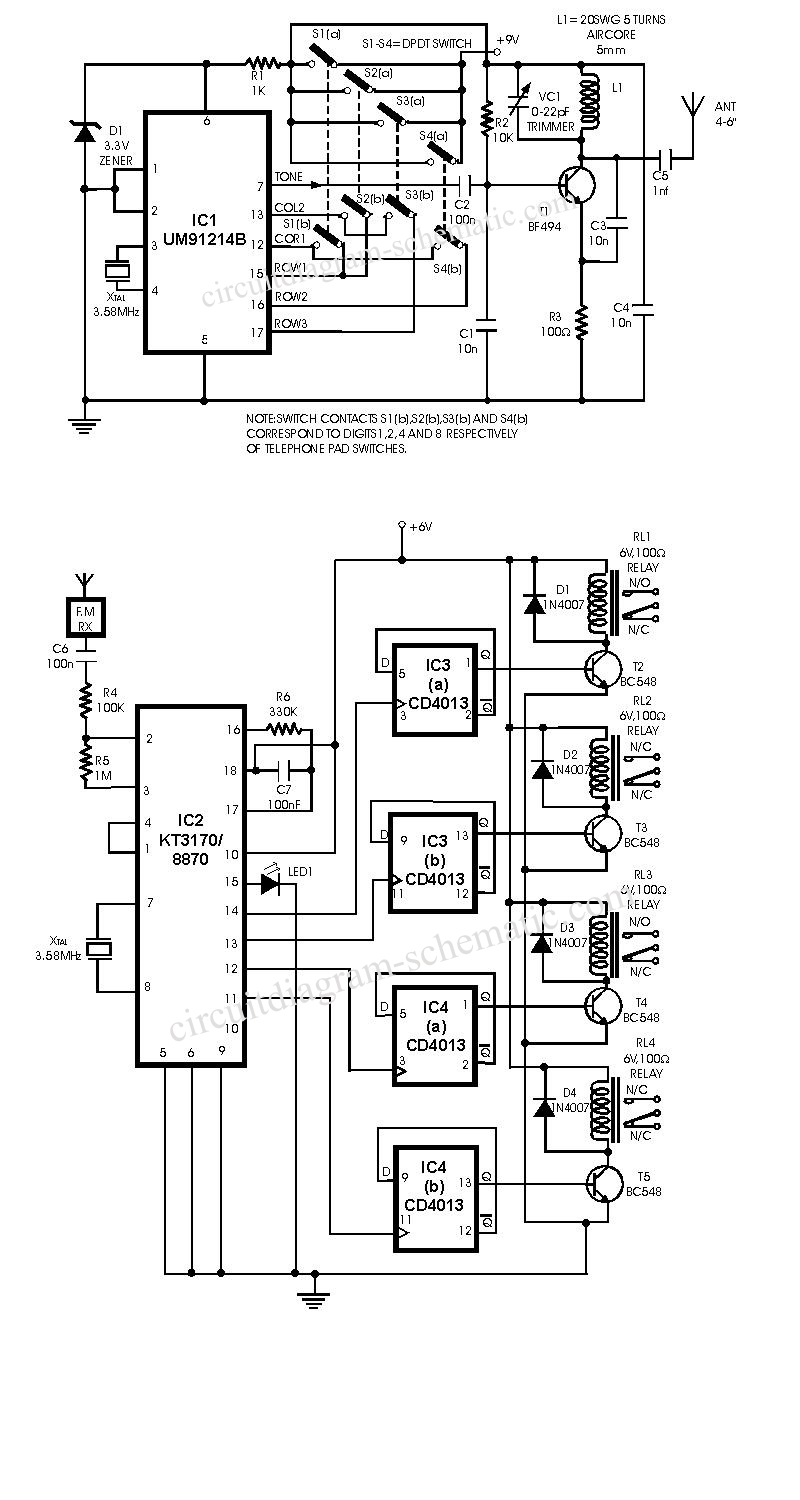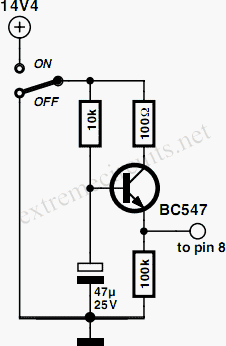
audio How to create a multi-extension intercom system using wired phones

Create a simple telephone-based intercom system in a new house. Shouting between rooms is not effective, and using an instant messaging client or FaceTime lacks the immediacy of a voice call. A collection of old wired telephones is available that are no longer in use, and the new house will be wired with Cat5e for networking, making it easy to run an additional wire to each room and connect a phone. There are many online resources demonstrating how to connect two phones so that speaking into one transmits the sound to the other. The setup appears straightforward, requiring a battery, a resistor, and some phone jacks for organization. The intention is not to create a private branch exchange (PBX); there is no need for individual phone calls or more than two people to communicate simultaneously. Simply picking up one handset should cause all others to ring until another handset is lifted.
To construct a basic telephone intercom system, the following components and steps are essential:
1. **Components Required**:
- Two wired telephones (preferably analog).
- A 9V battery or suitable power source.
- A resistor (typically 1kΩ) to limit current flow and protect the circuit.
- Telephone jacks (RJ-11 connectors) for neat connections.
- Cat5e cable for wiring between rooms.
- Optional: A small enclosure to house the components neatly.
2. **Wiring Configuration**:
- Each telephone will connect to the intercom system via the Cat5e cable. The cable typically consists of four twisted pairs, of which two pairs can be utilized for voice transmission.
- Connect the tip and ring wires of the telephones to the corresponding wires in the Cat5e cable. This will allow for audio transmission between the two devices.
- The resistor should be placed in series with the power supply to limit the current to the telephones, ensuring they operate within safe parameters.
3. **Intercom Operation**:
- When a user lifts the handset of one telephone, the circuit is completed, and the other telephone will ring. This is achieved through the use of a simple series connection of the components.
- To answer the call, the second user lifts their handset, which connects them to the first telephone, allowing for two-way communication.
- The system does not require complex switching mechanisms, as it is designed for straightforward operation with only two units.
4. **Installation**:
- Run the Cat5e cable from a central location (such as a living room) to each room where a telephone will be installed.
- Terminate the Cat5e cable with appropriate RJ-11 connectors at each end to facilitate easy connection to the telephones.
- Ensure that the power source is accessible and secure to prevent accidental disconnections or short circuits.
By utilizing this approach, the intercom system will provide an efficient and cost-effective solution for communication within the house, leveraging existing equipment and simple circuitry to create a functional and user-friendly intercom experience.Create a simple (telephone based) intercom system in our new house. Shouting between rooms is not so good, and trying to use an IM client or Facetime doesn`t have the immediacy of a good shout down the corridor. I`ve got a box of old wired telephones that don`t have much use any more, and will be wiring the new place with cat5e for networking so running an
extra wire to each room and sticking a phone into it is no real hassle. I`ve seen online plenty of sites showing me how to connect two phones together so you can talk in one, and it comes out the other. This seems pretty simple - a battery, a resistor, some phone jacks to make it neat. I`m not trying to create my own PBX, there`s no need to ring individual phones or have more than two people talking at once.
Picking up a handset and having all the others ring until any other handset is picked up is enough. 🔗 External reference
To construct a basic telephone intercom system, the following components and steps are essential:
1. **Components Required**:
- Two wired telephones (preferably analog).
- A 9V battery or suitable power source.
- A resistor (typically 1kΩ) to limit current flow and protect the circuit.
- Telephone jacks (RJ-11 connectors) for neat connections.
- Cat5e cable for wiring between rooms.
- Optional: A small enclosure to house the components neatly.
2. **Wiring Configuration**:
- Each telephone will connect to the intercom system via the Cat5e cable. The cable typically consists of four twisted pairs, of which two pairs can be utilized for voice transmission.
- Connect the tip and ring wires of the telephones to the corresponding wires in the Cat5e cable. This will allow for audio transmission between the two devices.
- The resistor should be placed in series with the power supply to limit the current to the telephones, ensuring they operate within safe parameters.
3. **Intercom Operation**:
- When a user lifts the handset of one telephone, the circuit is completed, and the other telephone will ring. This is achieved through the use of a simple series connection of the components.
- To answer the call, the second user lifts their handset, which connects them to the first telephone, allowing for two-way communication.
- The system does not require complex switching mechanisms, as it is designed for straightforward operation with only two units.
4. **Installation**:
- Run the Cat5e cable from a central location (such as a living room) to each room where a telephone will be installed.
- Terminate the Cat5e cable with appropriate RJ-11 connectors at each end to facilitate easy connection to the telephones.
- Ensure that the power source is accessible and secure to prevent accidental disconnections or short circuits.
By utilizing this approach, the intercom system will provide an efficient and cost-effective solution for communication within the house, leveraging existing equipment and simple circuitry to create a functional and user-friendly intercom experience.Create a simple (telephone based) intercom system in our new house. Shouting between rooms is not so good, and trying to use an IM client or Facetime doesn`t have the immediacy of a good shout down the corridor. I`ve got a box of old wired telephones that don`t have much use any more, and will be wiring the new place with cat5e for networking so running an
extra wire to each room and sticking a phone into it is no real hassle. I`ve seen online plenty of sites showing me how to connect two phones together so you can talk in one, and it comes out the other. This seems pretty simple - a battery, a resistor, some phone jacks to make it neat. I`m not trying to create my own PBX, there`s no need to ring individual phones or have more than two people talking at once.
Picking up a handset and having all the others ring until any other handset is picked up is enough. 🔗 External reference





